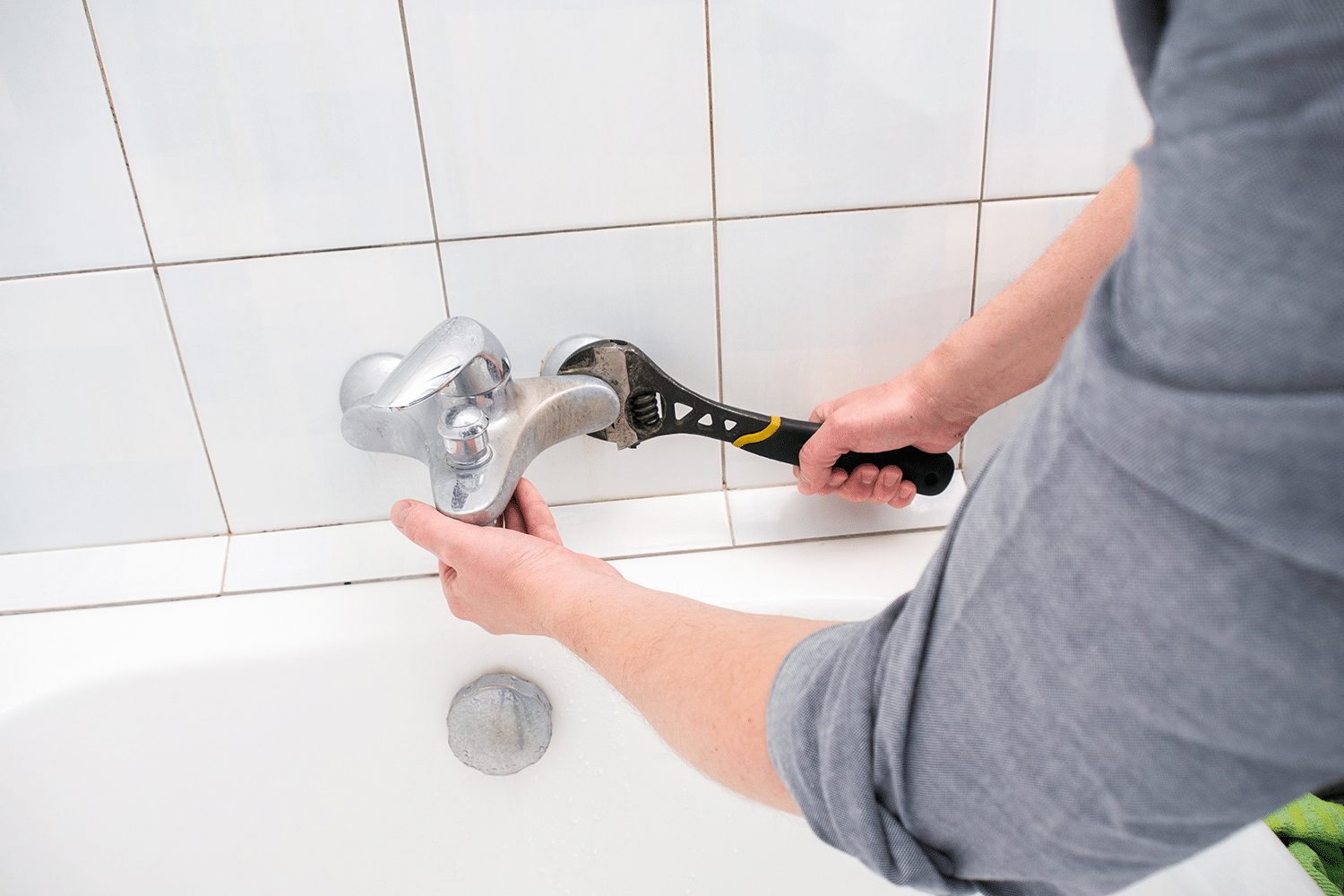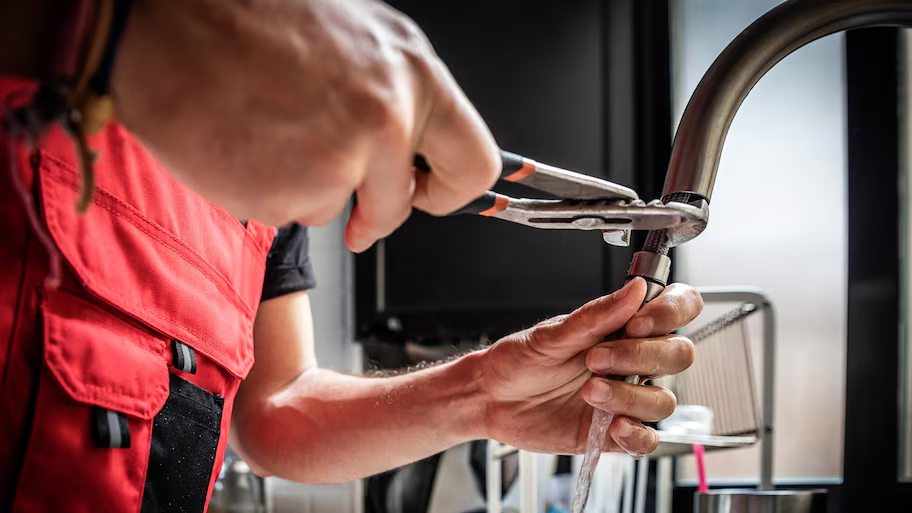How do you feel in relation to Why Are My Faucets Dripping (And Can I Fix It Myself)??

Leaking taps could appear like a small hassle, however their effect surpasses simply the aggravation of the audio. From drainage to incurring unnecessary economic prices and health and wellness dangers, ignoring a trickling tap can result in various effects. In this short article, we'll delve into why it's critical to address this typical household concern quickly and properly.
Waste of Water
Ecological Impact
Leaking taps contribute dramatically to water wastage. According to the Epa (EPA), a single tap dripping at one drip per secondly can waste greater than 3,000 gallons of water each year. This not only pressures water resources however additionally influences communities and wild animals based on them.
Financial Prices
Increased Water Bills
Beyond the ecological influence, trickling faucets can inflate water bills significantly. The collected wastefulness with time equates into higher utility expenditures, which can have been prevented with timely repair work.
Potential Residential Or Commercial Property Damage
In addition, extended dripping can result in harm to fixtures and surfaces surrounding the faucet. Water accumulation can cause staining, deterioration, and also architectural issues if left ignored, causing additional repair work prices.
Health Problems
Mold and Mildew Growth
The consistent presence of wetness from a trickling faucet creates an ideal atmosphere for mold and mildew and mold development. These fungi not only endanger indoor air quality yet likewise position health and wellness risks, specifically for individuals with respiratory system conditions or allergies.
Waterborne Diseases
Stagnant water in dripping faucets can end up being a breeding ground for bacteria and various other virus, increasing the threat of waterborne conditions. Pollutants such as Legionella germs thrive in stationary water, possibly resulting in serious illnesses when consumed or inhaled.
DIY vs. Specialist Repair service
Benefits and drawbacks of DIY Repair
While some might attempt to take care of a dripping faucet themselves, do it yourself repair work feature their own collection of challenges. Without appropriate knowledge and tools, do it yourself efforts can intensify the concern or lead to insufficient repair work, extending the trouble.
Benefits of Hiring an Expert Plumber
Working with a specialist plumber ensures that the underlying reason for the leaking faucet is attended to efficiently. Plumbing technicians possess the knowledge and tools to detect and repair tap problems effectively, saving time and reducing the risk of more damages.
Step-by-Step Guide to Repairing a Dripping Faucet
Tools Required
Prior to trying to take care of a dripping tap, collect the required devices, including a flexible wrench, screwdrivers, replacement components (such as washers or cartridges), and plumber's tape.
Common Tap Issues and Their Solutions
Identify the sort of faucet and the details issue creating the drip. Usual problems consist of damaged washers, rusty shutoff seats, or defective O-rings. Describe manufacturer directions or on-line tutorials for step-by-step assistance on repair work.
Preventive Measures
Normal Maintenance Tips
To stop leaking taps, carry out regular maintenance such as cleansing aerators, examining for leakages, and replacing worn-out components quickly. In addition, think about mounting water-saving devices or upgrading to extra efficient fixtures.
Value of Prompt Repairs
Dealing with leaking taps as quickly as they're noticed avoids additional water wastefulness and potential damage, ultimately saving both water and money in the long run.
Effect On Residential Or Commercial Property Value
Perception of Well-Maintained Home
Preserving a building in good condition, including attending to upkeep problems like dripping taps, boosts its regarded value and value among possible buyers or occupants.
Influence on Resale Value
Features with properly maintained plumbing fixtures, including faucets, command greater resale worths in the real estate market. Dealing with leaking faucets can contribute to a favorable impact throughout building examinations and arrangements.
Ecological Duty
Private Contribution to Conservation
Taking responsibility for fixing trickling taps lines up with more comprehensive efforts toward water conservation and environmental sustainability. Every person's activities collectively make a significant influence on protecting valuable sources.
Lasting Living Practices
By prioritizing punctual repair work and adopting water-saving routines, individuals add to sustainable living methods that benefit both present and future generations.
Verdict
Dealing with a trickling faucet exceeds simple ease; it's a necessary action toward saving water, lowering financial expenses, and safeguarding health and wellness and property. Whether with DIY repair services or professional support, taking action to repair trickling taps is a tiny yet impactful way to promote accountable stewardship of sources and add to a healthier, much more sustainable future.
How to Fix a Leaky Faucet: Step-by-Step Repair Guide
A leaky faucet may seem like a simple annoyance, but if it's not fixed promptly, that leak could cost hundreds to potentially thousands. From water damage to mold, mildew, and high water bills, even a tiny leak can be catastrophic if left unattended. Damage like this can even affect the overall value of your home, so it's important to take the right approach for leaky faucet repair. You may need the help of a plumber in some cases, but we've got a few tips you can try on how to fix a leaky faucet before calling the pros.
Four Faucet Types
When you're learning how to fix a leaky faucet, the first step is knowing what kind of faucet you're working with! There are four common types.
Cartridge Faucets
Cartridge faucets come in one- or two-handled varieties. In one-handled cartridge faucets, hot and cold water combines in a single cartridge. In the two-handled versions, hot and cold water are controlled separately and mixed in the faucet.
Ball Faucets
Ball faucets have a single lever you push up and down to adjust the pressure and rotate to change the temperature. A slotted metal ball controls the amount of water allowed into the spout.
Compression Washer Faucets
They're the oldest type of faucet, but they're still used in many homes — especially older ones. Compression faucets have two separate handles that, when turned, raise or lower the washer that seals a water valve. This valve stops water from flowing through the faucet when it is turned off.
Disc Faucets
Disc faucets rarely need to be repaired due to their maintenance-free design. The water flow is controlled by two discs — the upper one raises and lowers against a fixed lower disc, creating a watertight seal. If your disc faucet starts leaking, you may need to replace the seals or clean residue buildup from the inlets.
Fixing a Leaky Faucet
Step 1: Turn Off the Water
Whether you're learning how to fix a leaky bathtub faucet or how to fix a leaky kitchen faucet, always turn off the water supply to your working area when you're fixing a leak. The last thing you want is a flood added to your list of things to fix.
Look for the shutoff valves below your sink or around the tub and turn them clockwise to stop the water flow. If your faucet doesn't have shutoff valves, you may need to turn off the water for the whole house. Check to make sure it's off by turning the faucet on. If nothing comes out, you're ready to start the repair.
Step 2: Take Apart the Faucet
How you disassemble your faucet depends on the type of fixture you have. You can use a flathead screwdriver to remove the caps on top of the handle or handles for cartridge and compression faucets. Inside, you should see handle screws. Unscrew these with a screwdriver to remove the handle.
Disc- and ball-style faucets will typically have an inlet screw near the handle, and removing that will reveal the interior of the faucet.
Detach the Valve Stem
For cartridge- and compression-style faucets, you'll see the inner valve stem or cartridge once you remove the faucet handles. If you have a compression faucet, unscrew the brass valve stem. If you have a cartridge faucet, pull out the cartridge. If your cartridge has been in place for a while, it may require some tools or extra force to remove it due to mineral deposits.
Examine and Replace Parts
Once you've removed the parts, check them out to confirm what needs to be replaced. You may see corroded rubber washers, O-rings, stems, or cartridges. On a ball-style faucet, check the seats and springs for damage.
If you need to repair a leaky disc faucet, check the inlet and seals on the lower disc.
Once you determine what parts must be replaced, visit your local hardware store. Bring the damaged parts with you to ensure you can purchase the correct components to replace them.
Clean Valves and Faucet Cavity
If you've removed a stem or cartridge, you may notice mineral buildup in the faucet's threads. Use white vinegar to clean the valve seat by soaking it for a few minutes, then scrub it away with a soft toothbrush and rinse with warm water. You can also clean the interior of the faucet in the same way.
Reassemble the Faucet
Once your faucet is cleaned and the required parts have been replaced, it's time to reassemble it. Put the pieces back together and slowly turn the water supply back on. Doing this slowly is crucial because too much initial water pressure can damage the new hardware you've just installed.
https://homewarranty.firstam.com/blog/how-to-fix-leaky-faucet

As a passionate person who reads about Water Dripping from Faucet: Why and How to Fix, I assumed sharing that piece of content was a smart idea. Sharing is caring. You won't know, you may be doing someone a favor. Kudos for being here. Don't hesitate to visit our site back soon.